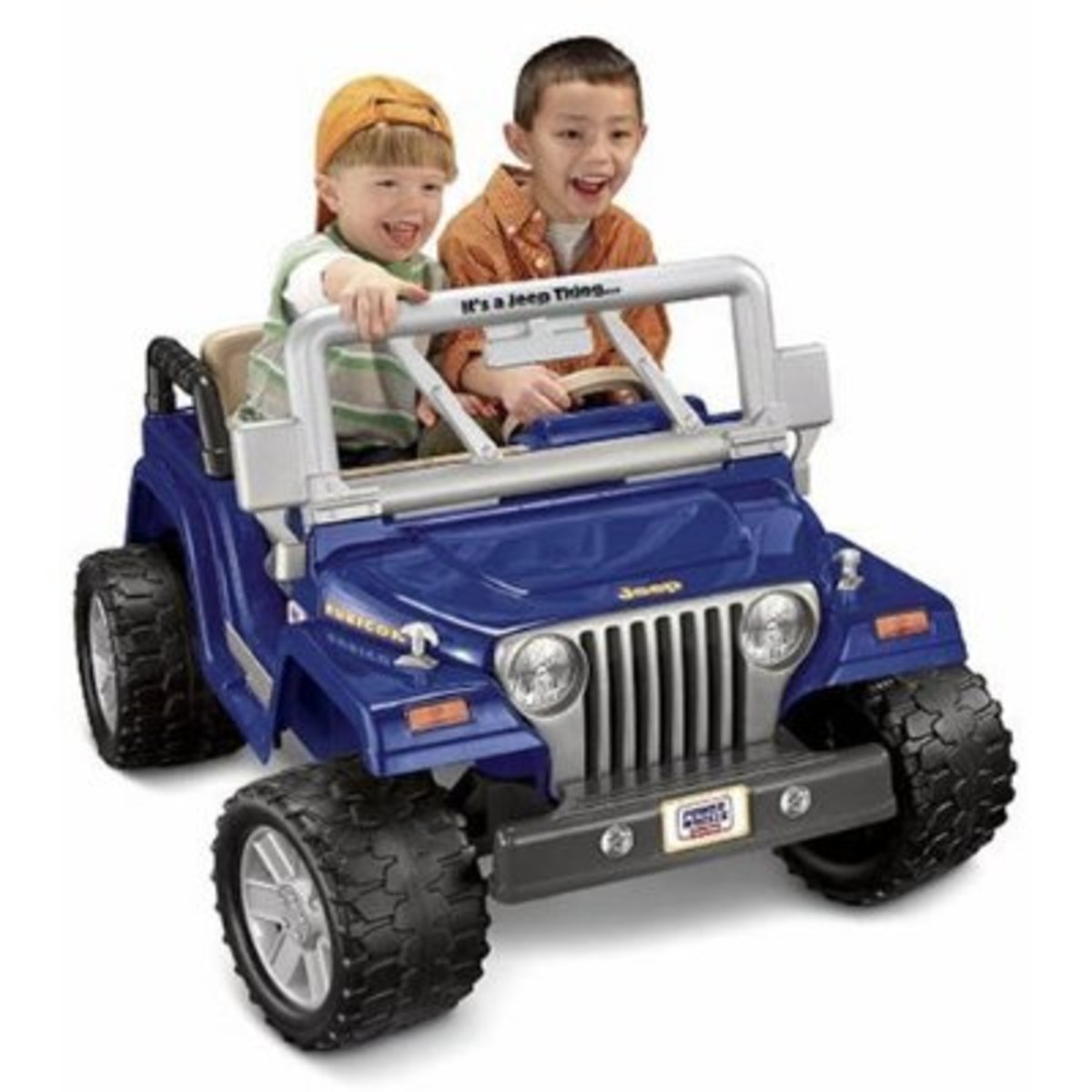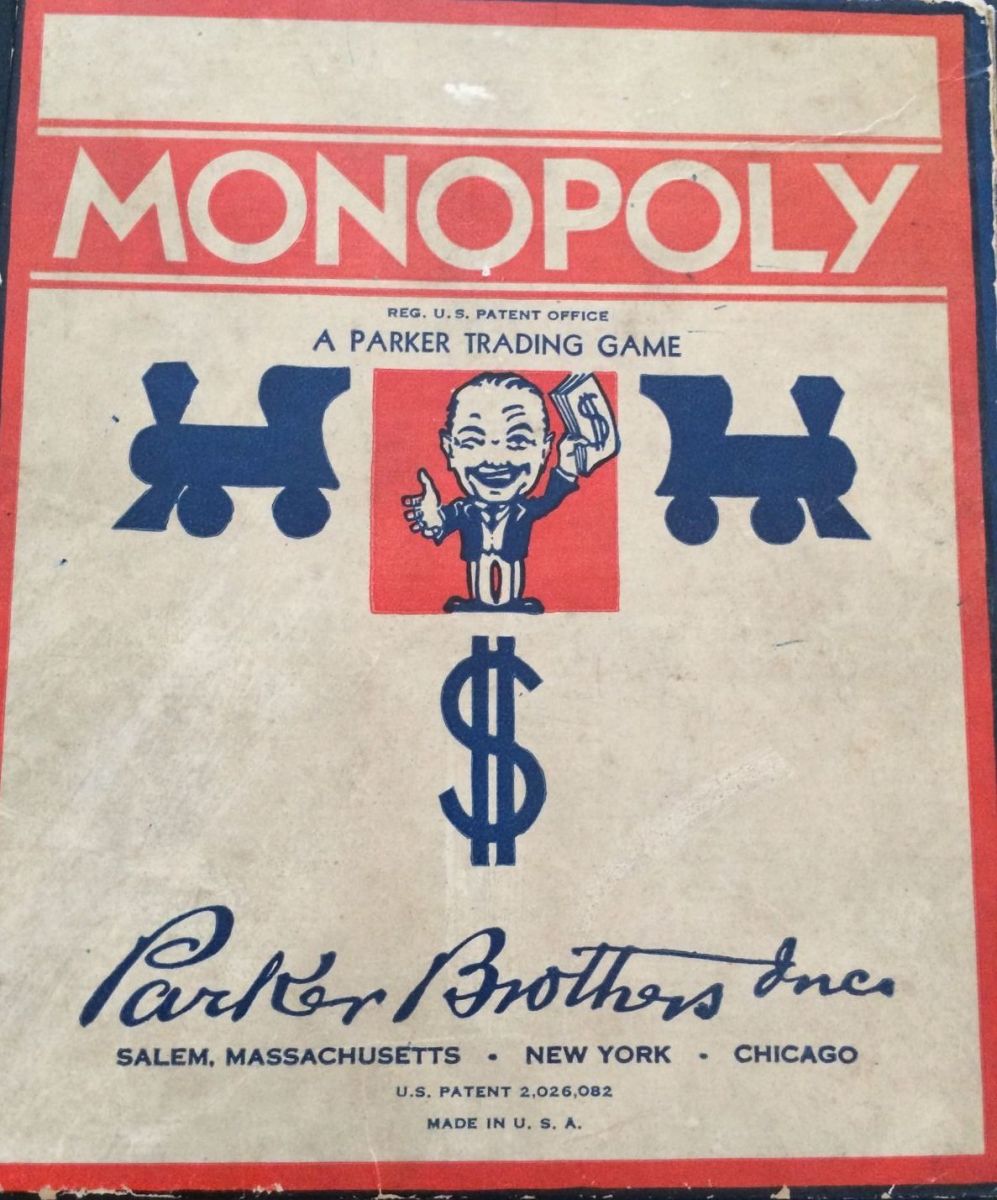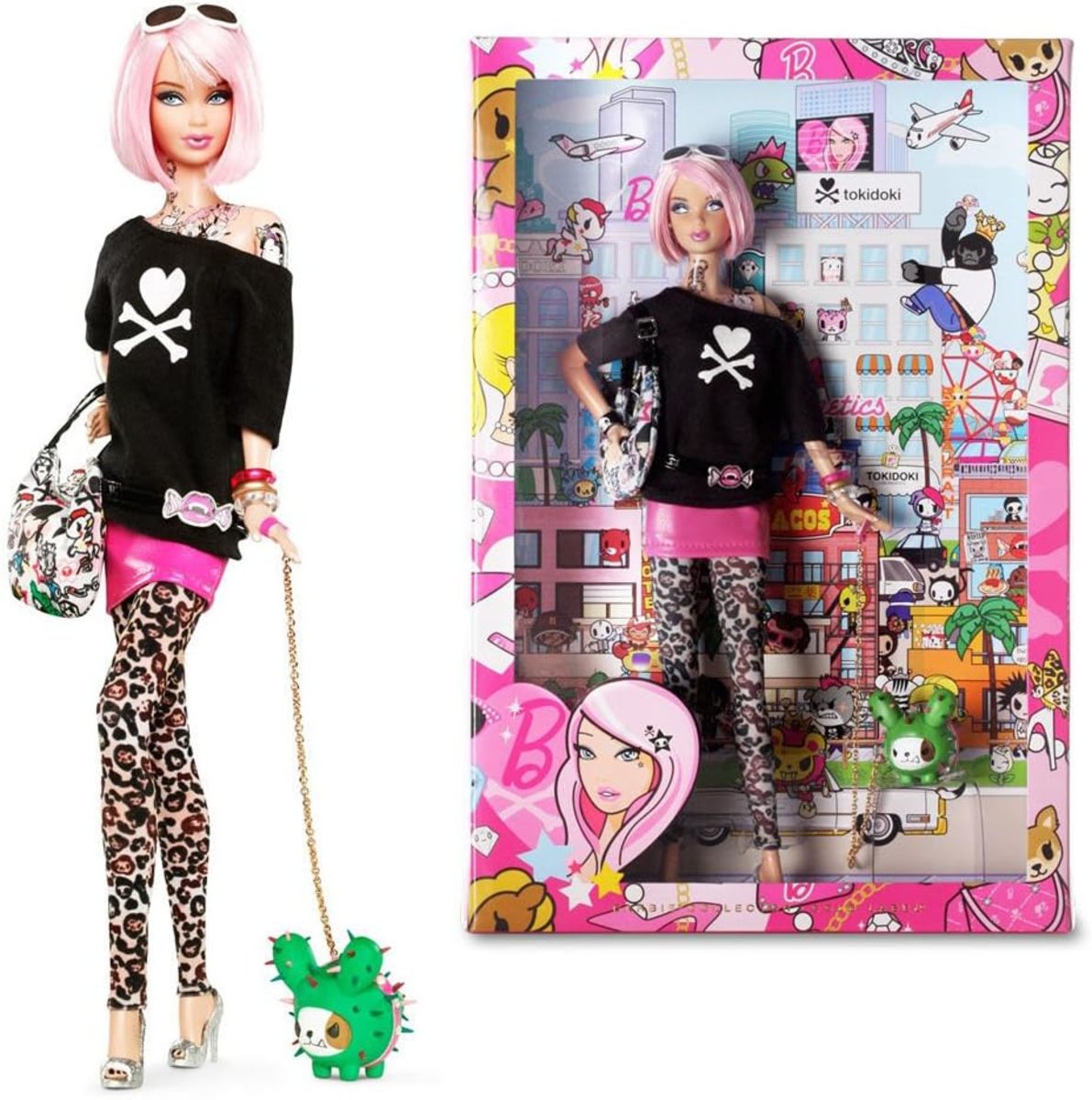How Mattel discovered modern manufacturing is not all fun and games
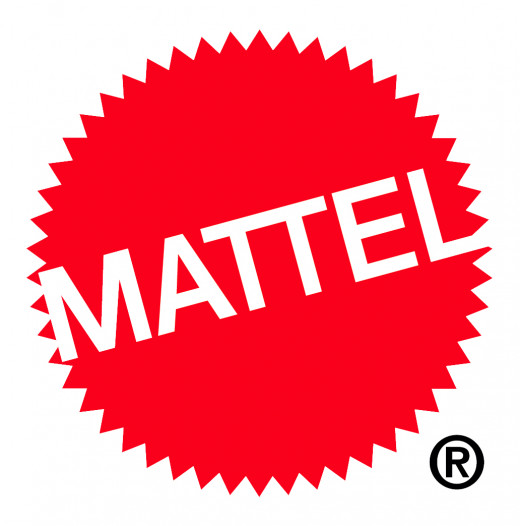
Mattel Inc. is a very well-known company, especially by people who have children. The large corporation owns the production rights to a huge majority of the toys on the market today. Because of this large production, they have a lot of manufacturing plants across the globe.
In 2007 they had a lot of bad public media pointing out the serious dangers of some toys. Several lines of their toys were painted with lead paint. In addition to that, they found that there were other toys with magnets that if injected could cause severe intestinal damage or death. More than 11 different toy lines were recalled for different reasons.
Mattel stepped up and changed a lot. They checked every toy line for safety. They also went to each plant and enforced a new set of laws for labor and product standards. Mattel’s reaction to the tainted toys was very socially responsible. They not only corrected the initial problem, they fixed a lot of unrelated problems in the China plants. They forced the China companies to make better products, and happier employees by giving them previously unavailable rights. They enforced United States laws for labor. Previous to their influence children could work, and there were no procedures for proper treatment of hazardous waste.
Mattel appears to understand that mistakes can be made and the corporation steps up and takes responsibility for those mistakes. It has created specific divisions dedicated to product safety and employee safety. It upholds United States employee laws in reference to pay and ethical treatment. There are three main causes for Mattel’s toy recall and, Mattel took responsibility and took measures to correct all three.
One of the most publicized problems was with the manufacturing plants that they owned in China. When they outsourced some of their items, they allege, that they were unaware that the sub-contractors used lead based paint. During this time there were a lot of things happening in plants that were outsourced in China. According to many sources China has been blamed for poor standards and lack of proper quality control. In 2007 alone there was the poison dog food they made and sold to hundreds of people. The Chinese FDA approved 12 deadly medicines. The plants in China also had tainted foods that have caused mass sickness in their own country.
John Vauss of CNN reports: “Local businessmen are paying off local officials who are paying off the local police who are meant to enforce whatever new standards and regulations are announced. And that's the rub. There's a fortune to be made cutting corners and ignoring the rules, and almost no risk if you get caught.” The lead based paint in China is not that much of a surprise when a person looks at the corruption running rampant in the country. Mattel Inc. acted very ethically by enforcing a minimum wage, better working environments, and age requirements. At the expense of the company, Mattel not only corrected their mistakes, they improved conditions as a whole.
The second reason toys were recalled was because of a design problem. Certain toys had magnets that could detach if broken open. If more than one of these magnets were swallowed they would attract to each other within the body and create massive damage. One child reportedly died from such a catastrophe. Mattel admitted that they had not considered this sort of accident and quickly changed the product design so that it would not happen again. They warned customers to send the items in for a refund or a product that was safe.
If there are small toys with magnets in them, a parent should watch their child to make sure that he or she is not eating the toy. Whether the toy is poisonous or not, it is still not something that should be consumed. A parent or guardian should always be present to make sure that no child gets the opportunity to make such a mistake. How often are children left unattended long enough to break open two specific toys that have magnets with opposite polarization and then swallow those two magnets. Apparently, it has happened at least 12 times.
Finally, there is the third problem with Mattel toys that was not really publicized as much as the previous two. There were a couple different lines of toys that if used improperly after they were broken, could cause some harm to a child. Mattel could not have anticipated that children would be allowed to play with broken toys and able to hurt themselves. There were a couple interactive toys like swings and teeter totters that if after broken if continued play was involved it could cause harm. Mattel quickly eliminated the possibility of this happening. They coated parts that may possibly break and made everything safer. Mattel cannot prevent the apparent lack of common sense that is prevalent in parents, but they sure try. They took initiative and for that they showed they are an ethical company that cares about their consumers.
The fact remains; children were exposed to dangerous toys. People, family members mainly, buy toys without inspecting them thoroughly and give them to the child only to find that there is a possibility of harm. Would anyone allow their child to play with a loaded gun? Most certainly not. So, why then, would a parent allow a child to play with a toy that has obvious capabilities to hurt a child?
The business does deserve to take some responsibility because they make the toy. If the toy has clear faults why do they not take decisive action and correct it before it gets to consumer. An ounce of prevention is worth a pound of cure, it is an old adage that holds a lot of weight.
A New York Times article written by Louise Story, points out that in 2007 the lead based paint toys were the 17th recall of toys in the last decade. Each recall appears to cause harm when misused or have a design error similar the magnet issue. Even if Mattel was only working for the bottom line, recalls cost money and preventative measures could potentially save them. With this in mind, why would Mattel not take the extra effort to test their toys?
In the case of the lead based paint, not many parents or guardians have the know-how or capability to test toys for lead based qualities. Also, using lead based products has been outlawed for so long that it is something that is not immediately even thought of. Mattel claims they were completely unaware of the lead. However, with the corruption in China and the pressure for China to keep costs lower than the United States, it was only a matter of time before something like that happened. Mattel’s key motivation for outsourcing is to have access to cheap labor, reducing manufacturing cost significantly. It is hard to keep costs low at all times and in this case they cut corners to make ends meet. Mattel was getting what they were paying for. If they could not pay higher prices they could not get higher quality goods.
Mattel did the right thing and changed the way the things work in the factories. Consumers seemed to agree as well. Financial studies done at the time shows that the company’s efforts to correct the mistakes convinced consumers. According to casestudyinc.com editors, “Mattel, posted a better-than-expected fourth-quarter profit. Mattel was helped by stronger international demand for its Hot Wheels cars and Fisher Price line.”
The best way to ensure the safety of our children now and in the future is clearly prevention. Government agencies in the United States have taken this example as a warning and have stepped up to take precautionary methods across the board. They believe that if one company cuts corners, they will all. And, they have created specific division dedicated to inspecting toys at random, but at a significant cost to the average toy makers. The government Agencies in China really should to step up and do the same. There are an unfortunate number of articles that point out the rate of mistakes brought on by cutting corners. Of course all governments will get involved if people get hurt, but China representatives have remained quiet in the lead case. They only seem to act if people die, and appear less concerned about American toy quality.
The consumer advocate groups lobbied to government agencies to have The Consumer Product Safety Improvement Act (CPSIA) which requires third-party testing of nearly every object intended for a child's use. The toy industry is clearly more interested in financial gains, but at the same time providing a good product. I think that every toy company, if given the choice, would prefer to just have notices on the toys. Even the toys that were recalled said, “If used improperly it could cause injury.”
Since most people associate with organizations that have values similar to their own, the organizations would most likely be parents of children that own the toys. In that case they would be willing and interested in putting the most effort into making the toys safe. They would probably recommend the suggestion of hiring a group of mothers and children to play with the toy. It is clear that the standards of people are different from person to person, so this test would need to be done with all sorts of people.
In conclusion, Mattel does appear to be an ethical corporation who found out that modern manufacturing is not always the best. They have taken considerable steps to keep everyone involved happy. They did make an unfortunate decision of trying to get cheaper products by outsourcing to China for cheaper. And, this author believes that Mattel paid for that mistake. They recalled all products, offered all people involved blood tests so that they could check to see if they have elevated levels of lead, and gave replacements for the toys. They are a very well-known company and in order to stay that way they have a certain responsibility to the people. Mattel appears to be living up to that obligation and they are striving to do well. Like any company, they give the people what the people want. And, they show ethical qualities in their production as well as correction of errors in products.
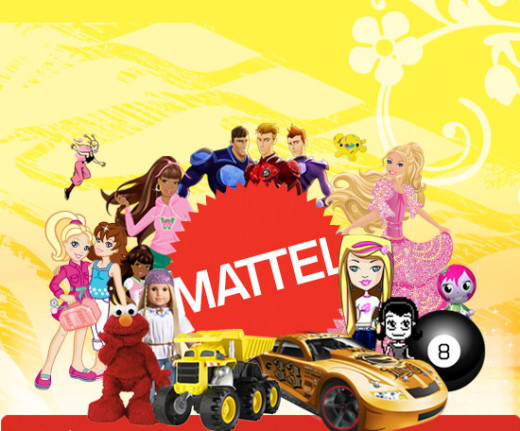
references
A. Lawrence & J. Weber (2010) Business and Society, Stakeholders, Ethics, Public Policy. Thirteenth Edition. McGraw-Hill Companies, Inc. New York
Story, L. (August 2, 2007) Lead Paint Prompts Mattel to recall 967,000 Toys, New York Times. Retrieved article online July 17th from: http://www.nytimes.com/2007/08/02/business/02toy.html
Vause, J. (July 26th, 2007) Ordering food in Beijing makes me nervous. CNN.COM World news. Retrieved article online July 17th from: http://edition.cnn.com/2007/WORLD/asiapcf/07/26/btsc.vause.china/index.html
Mangu-Ward, K. (August 31, 2009) Law passed after toy scare makes exception for Mattel. Retrieved article online July 17th from: http://reason.com/blog/2009/08/31/law-passed-after-mattel-toy-sc
Nilekani, N. (Jan 31 2008) Mattel, 2007 the year of the product recall and the rebound. Casestudyinc.com. Retrieved article online July 17th from: http://www.casestudyinc.com/mattel-turnaround-product-recall





